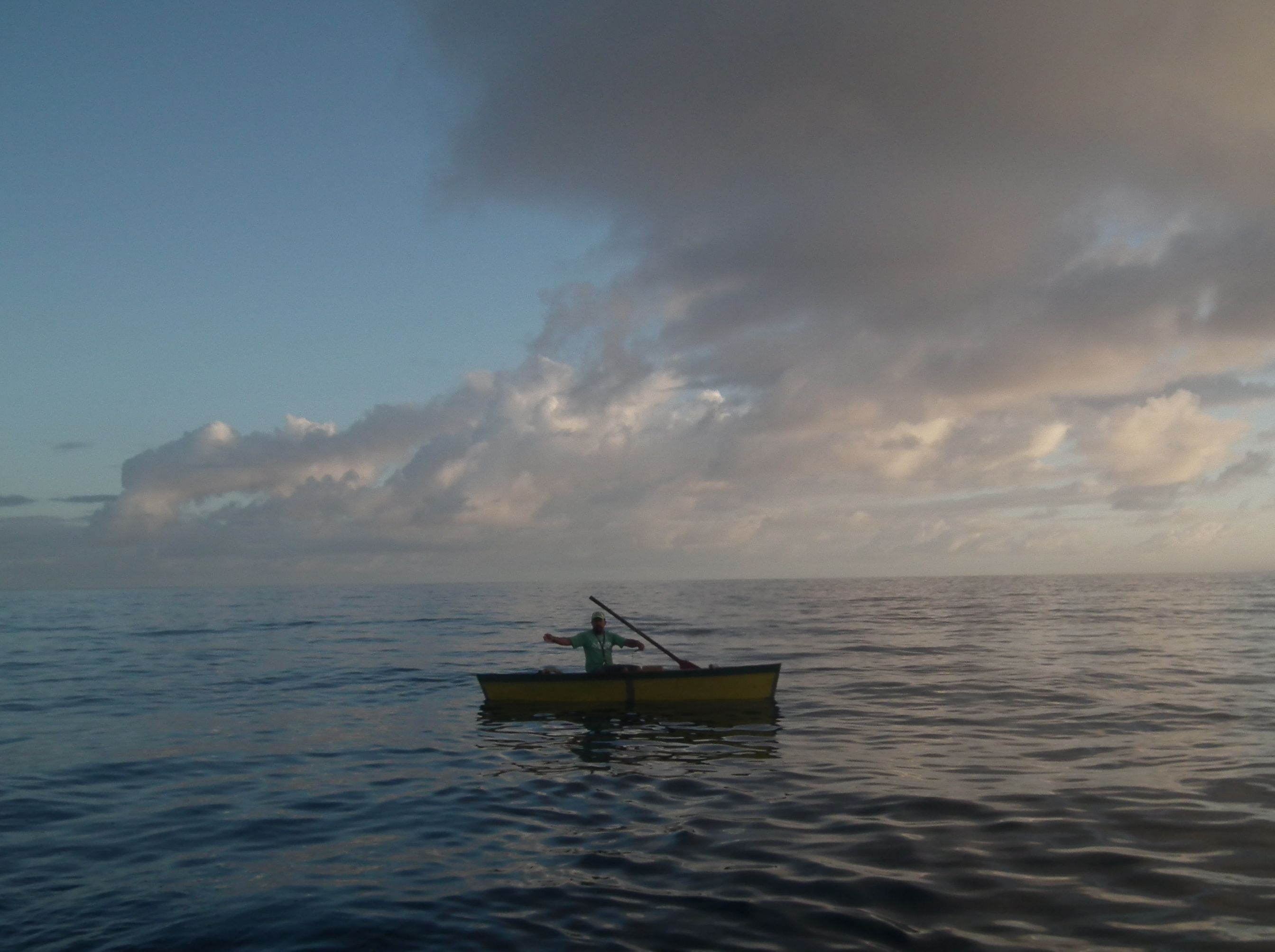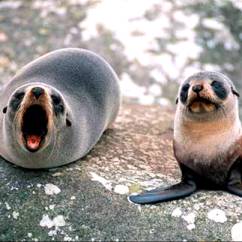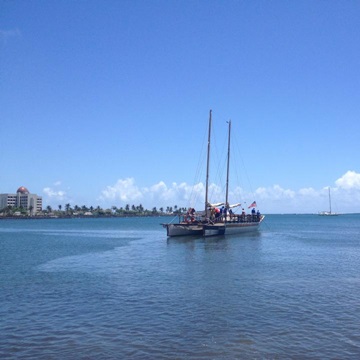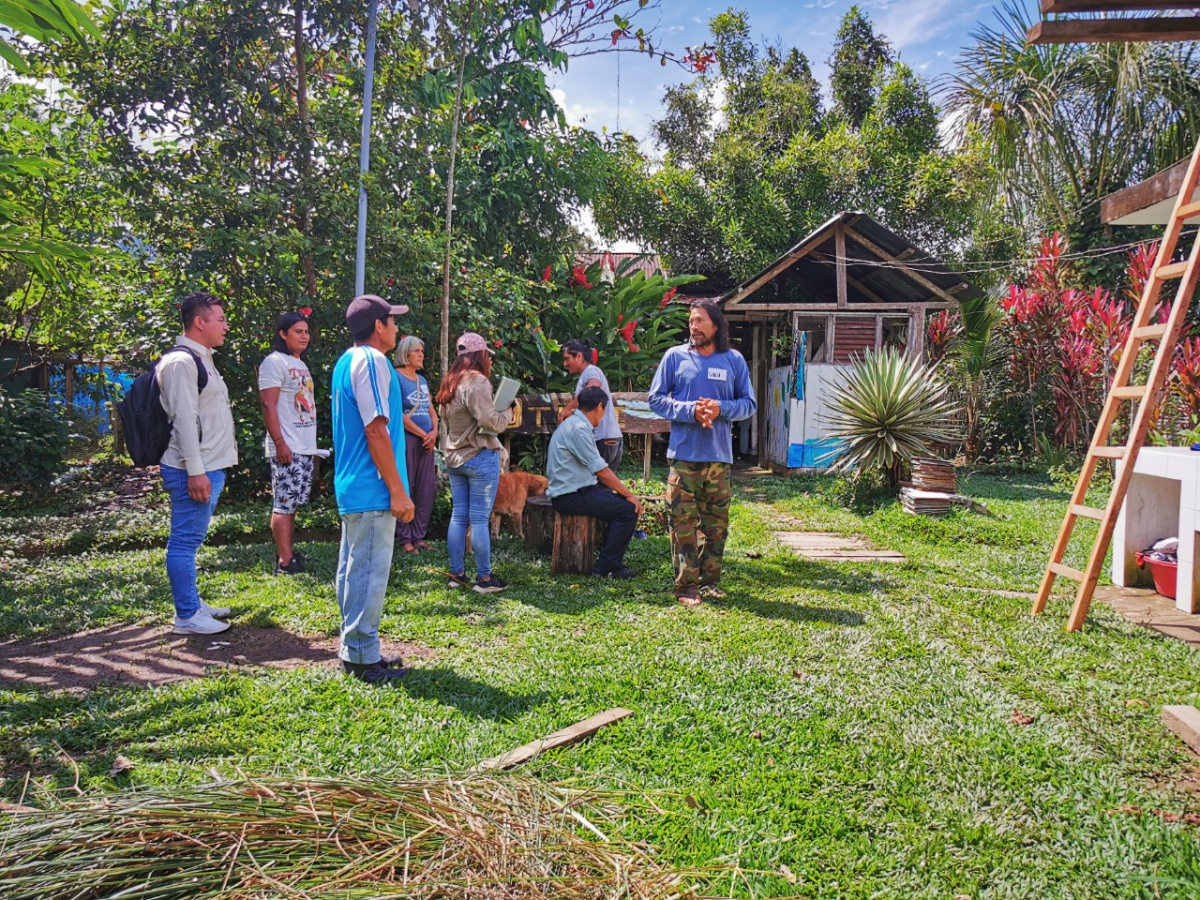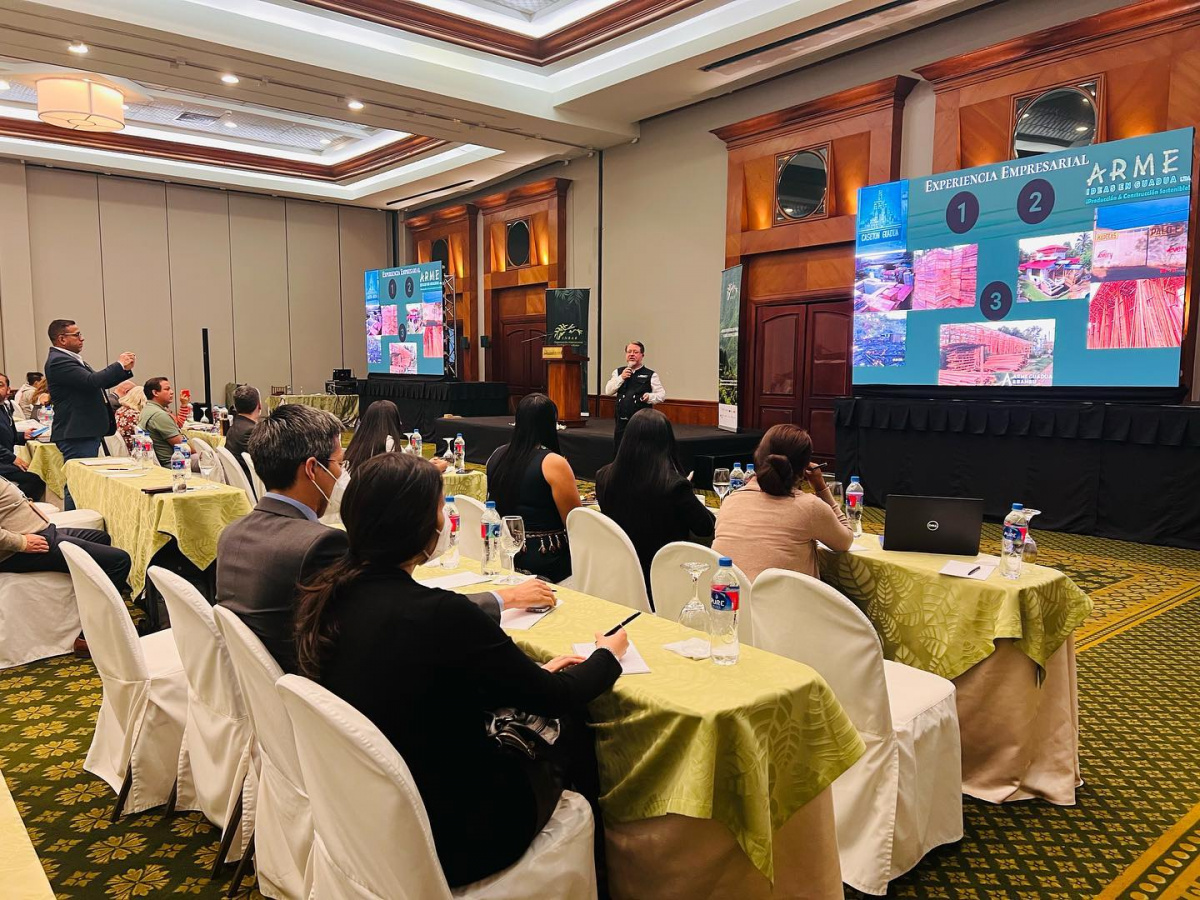A sea change: new global commitments to oceans and sustainability
As the UN, governments, NGOs and civil society organisations met at the Sustainable Development Goals Summit in New York last month, the world seems to be waking up to recognise the critical roles that a healthy environment, and healthy oceans can play in addressing current challenges, including poverty, climate change, food and water security, and disaster risk reduction.
SDGs AND OCEANS
Sustainable Development Goal (SDG) #14, Conserve and sustainably use the oceans, seas and marine resources for sustainable development, demonstrates that the ocean is gaining ground on the international stage, and complements the ten marine recommendations from The Promise of Sydney, while nature is woven throughout the 17 SDGs, particularly SDG # 13: Take urgent action to combat climate change and its impacts.
“The ocean has been our friend over the past decades absorbing over a quarter of our carbon emissions each year and over 90% of the warmth generated from the enhanced greenhouse effect,” says Dan Laffoley, Marine Vice Chair of IUCN's World Commission on Protected Areas. “It’s time to return the favour and be friends to the ocean, when we think of understanding and then tackling climate impacts.”
HIGH SEAS AND MPAs
Last June, UN Member States formally adopted a resolution for the development of legal measures to conserve marine biodiversity beyond national jurisdiction. The high seas, which lie beyond the jurisdiction of any nation, cover nearly 50% of the planet. They host the largest habitat for life on Earth, yet suffer from chronic neglect.
The last weeks also saw New Zealand declare the Kermadec Ocean sanctuary a new MPA of 620,000 km², and Chile only just declared the Desventuradas MPA of 297,500 km² at the Our Ocean 2015 conference in Chile, with many more marine commitments in the pipeline by other nations.
“The good news is that we are finally picking up the pace with ocean protection. Within the last decade the percentage within MPAs has increased to around 3.4%. But this is still woefully behind where we should be - 10% by 2020,” says Laffoley. “The bold new declarations in the last couple of weeks from the likes of New Zealand and Chile are wonderful but we need to radically improve management of the ocean overall otherwise, there is a danger that even if we are successful we create 'islands of hope in a sea of despair'.”
THREATS
“Alongside the more well-known ocean impacts stemming from our activities such as pollution, fishing, plastics we have now added a cocktail of effects - the so called multiple stressors - of ocean acidification, ocean warming and deoxygenation,” says Laffoley.
“We need, we must, do more. We need to reign-in activities such as deep sea mining that are carving up our common ocean heritage at vast scales. We need to tackle illegal, unreported and unregulated (IUU) fishing and use new technologies to remove the excuses about being unable to monitor and enforce. The commitments at the Our Ocean Conference in Chile like the Sea Scout technology are a very welcome development. So through many actions we are keeping our Promise of Sydney but much more action is and will be needed.”
FROM SYDNEY TO PARIS TO HAWAI’I
“The Climate Summit in Paris (COP21) will hopefully embrace the ocean,” adds Laffoley. “Climate agreements that 'limit' warming to within two degrees Celsius this century are still far too high for the ocean. We need lower emissions if we are to stand a chance of keeping the ocean, which sustains all of us, in relatively good condition. I hope the message gets through for all our sakes.”
"With the SDGs well defined, and COP21 around the corner, with sustainability and sound environmental management now centre stage, the world will be looking to us – the conservation community – to show the way", says Inger Andersen, IUCN Director General.
The World Conservation Congress will take place in Hawai’i in September 2016.
